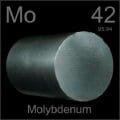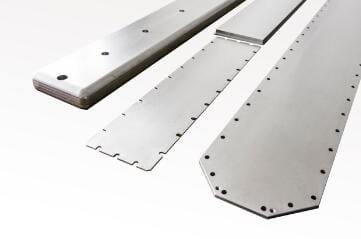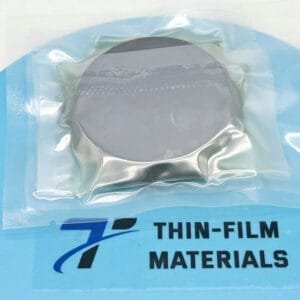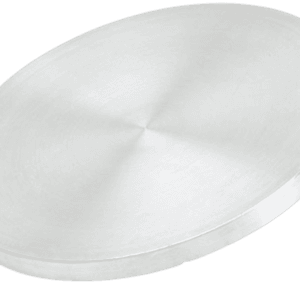Planar Molybdenum Sputtering Target Description
 The Planar Molybdenum Sputtering Target is a series of processed products made from high-purity molybdenum material, designed to have specific sizes and shapes. These targets are primarily used for vacuum coating applications. Molybdenum metal is silvery-white and very hard, with a melting point of 2623°C (4753°F), making it one of the elements with the highest melting points, only surpassed by tantalum, osmium, rhenium, and tungsten among natural elements. Additionally, molybdenum has one of the lowest coefficients of thermal expansion among metals in commercial use.
The Planar Molybdenum Sputtering Target is a series of processed products made from high-purity molybdenum material, designed to have specific sizes and shapes. These targets are primarily used for vacuum coating applications. Molybdenum metal is silvery-white and very hard, with a melting point of 2623°C (4753°F), making it one of the elements with the highest melting points, only surpassed by tantalum, osmium, rhenium, and tungsten among natural elements. Additionally, molybdenum has one of the lowest coefficients of thermal expansion among metals in commercial use.
Related Post: Molybdenum Sputtering Target
Planar Molybdenum (Mo) Sputtering Target Specification
| W | L | T | GW | |
| Dimension | 70” | 90” | 1/2” | < 450 lbs |
Pure molybdenum
Mo >99.95%
| Material Type | Molybdenum |
| Symbol | Mo |
| Color/Appearance | Grey, Metallic |
| Melting Point | 2,617 °C |
| Sputter | DC |
| Type of Bond | Indium, Elastomer |
| Comments | Films smooth, hard. Careful degas required. |
| Density | 10280 kg/m3 |
Planar Molybdenum (Mo) Sputtering Target Application
The Planar Molybdenum Sputtering Target is widely used in the manufacturing of LCD and touch screens (panels). It is also utilized for solar cells and solar water heating applications. We provide pure molybdenum and molybdenum alloy targets in various shapes, including disc, planar, and rotary, as well as custom targets tailored to specific requirements.
Other Molybdenum Products Compositions
Molybdenum alloy
Mo-Nb (90at% Mo:10at% Nb) Mo-Cr (Mo 97 wt% Mo: 3 wt% Cr)
Molybdenum compounds
Molybdenum Telluride (MoTe2), 99.999%
Molybdenum Selenide (MoSe2), 99.999%
Molybdenum Boride (Mo2B5), 99.5%
Molybdenum Disulfide (MoS2), 99.9%
Molybdenum Silicide (MoSi2), >99.5%






Reviews
There are no reviews yet.